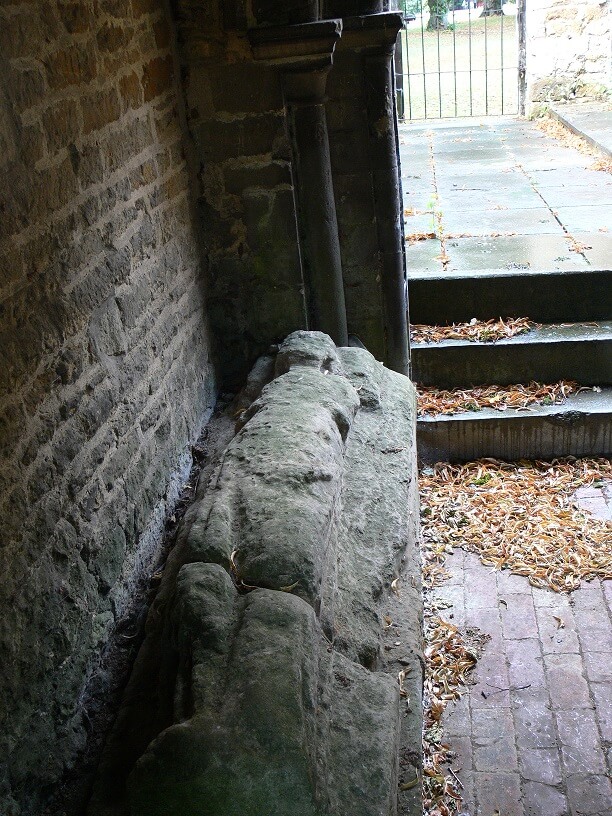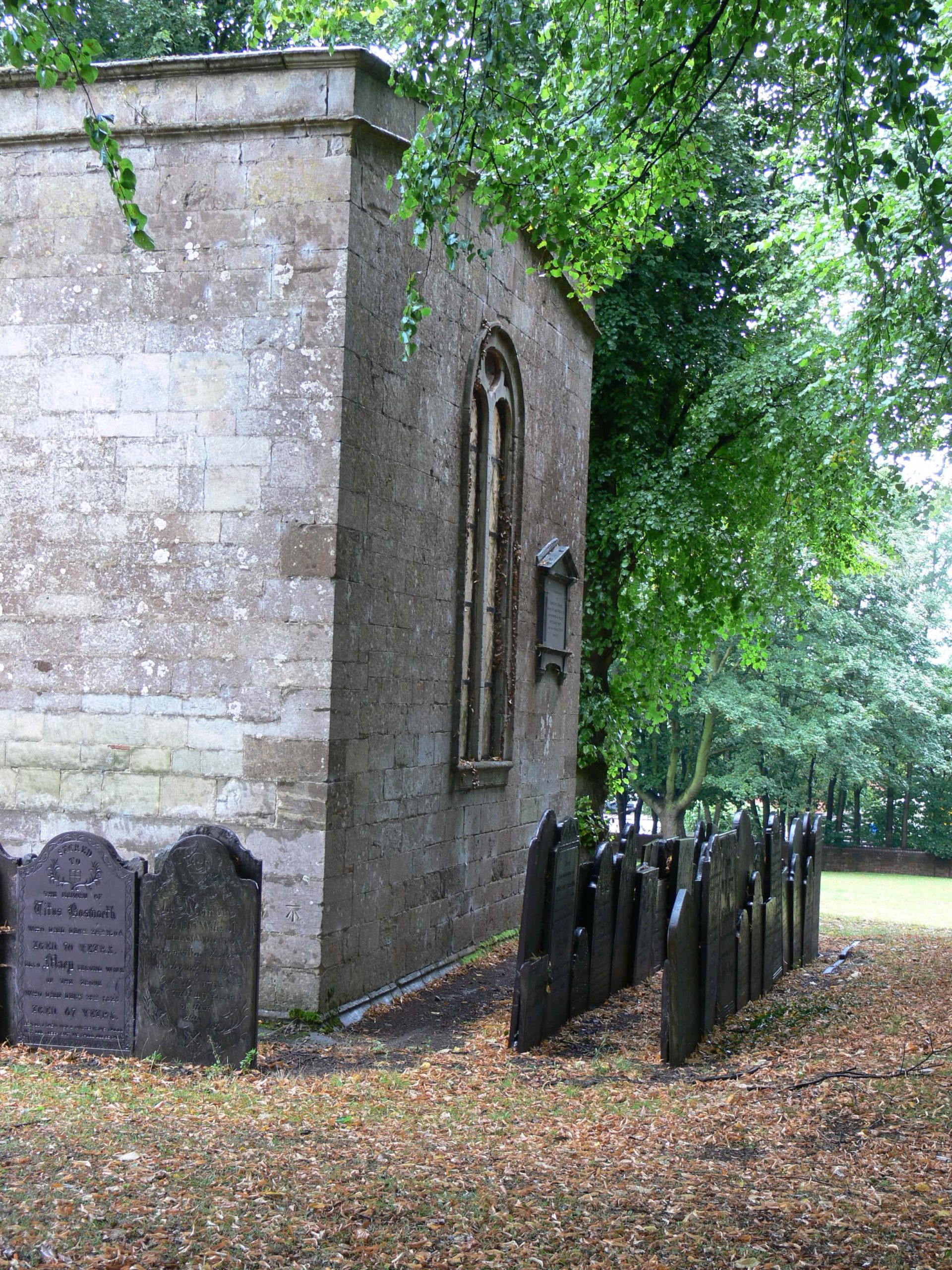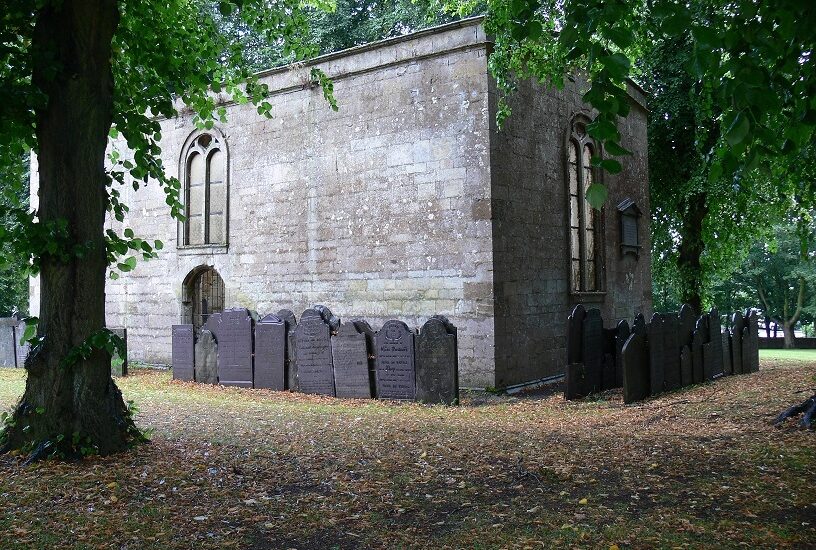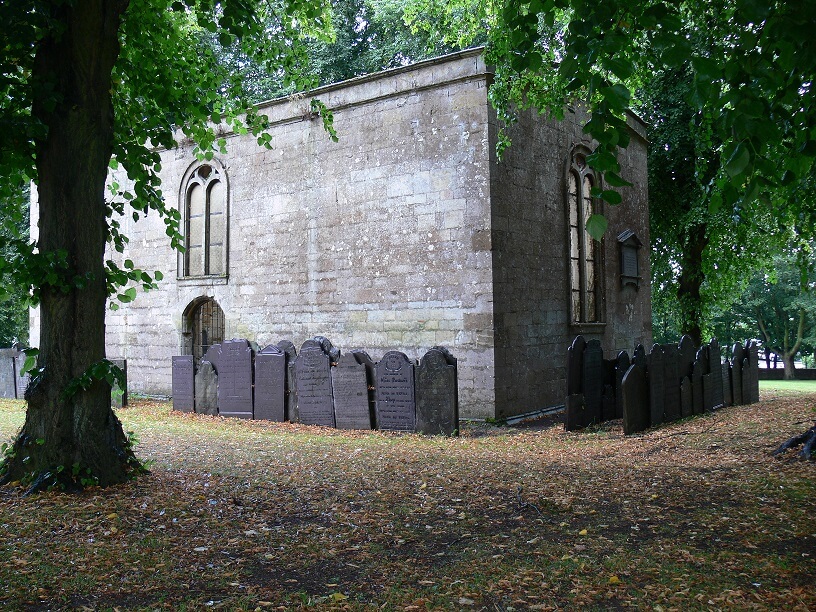
A short walk from the train station at Market Harborough, Leicestershire and you find an old ruined church surrounded by old headstones and trees. St Mary’s in Arden has fascinated me from the first time I saw it. I have always liked churchyards and cemeteries so an abandoned church without a roof was always going to pique my interest.
The parish church for Market Harborough is St Dionysius which dates mostly from the 14th and 15th centuries and it is unusual for a medieval church as it has no churchyard and never has had one although there would have been plenty of room to create one when the church was built. Most of the burials in Market Harborough took place in St Mary in Arden until the cemetery in Northampton Road opened in 1877, although there were a few burials in St Mary’s up until the early 20th century. St Mary’s, as a burial ground, is mentioned in Harborough wills back to the 16th century. Richard Cade whose will is dated November 1517 requests his ‘body to be beryed in the Church yarde of Saint Marys’.; Thomas Foxton in July 1522 ‘my body to be buryed in the churchyard off oure lady In Atharne’ and Wyllyam Grene in 1526, ‘my body … yn ye churchyard of Sent Mary yn Alderne’. Geoffrey le Scrope a former Rector of Great Bowden, who died in 1382, in his will left, ‘to the Church of the Blessed Mary in Little Bowden in the Fields my white vestment with all its belongings.
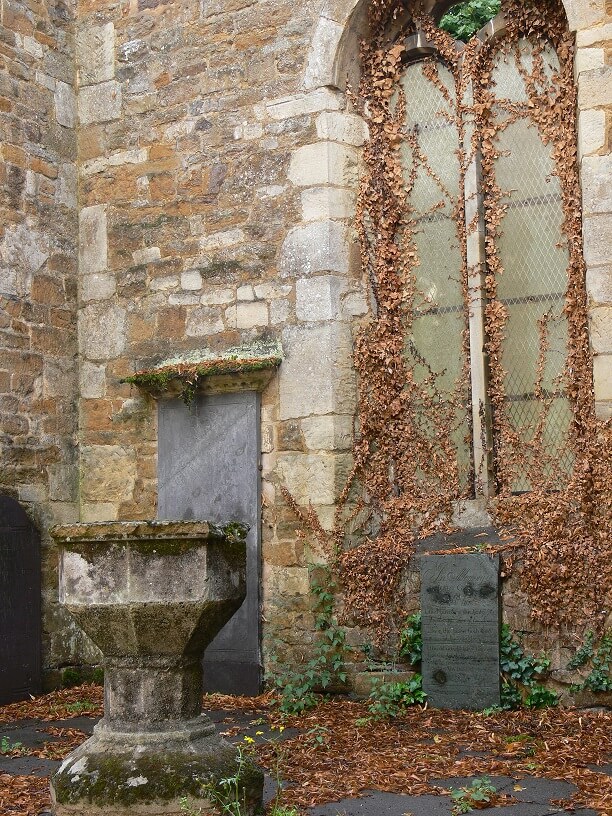
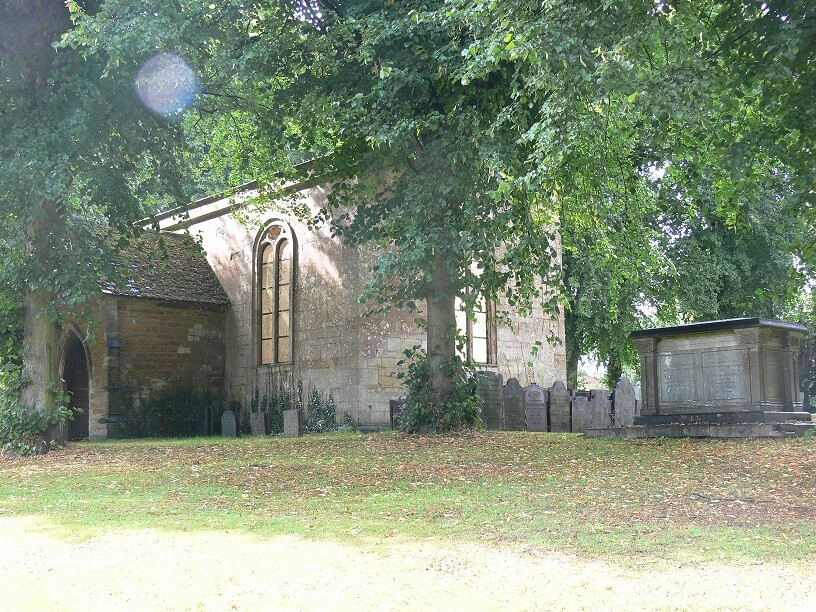
There is no Arden mentioned in the Domesday Book for this area but John Bland, in Bygone Days in Harborough, writes that St Mary’s was built in 1066. If William did grant Arden out of part of his royal manor perhaps St Marys was built not long afterwards at the request of the Countess Judith. St Mary’s is often mentioned as a parish church in early documents with St Dionysius described as a dependent chapel. It would appear that when the parish of Market Harborough parish was created in the 12th century, it took parts of the manors of the Count of Mortain (Little Bowden) and the Countess Judith (Arden). This would perhaps explain the close association with Market Harborough and St Marys.
